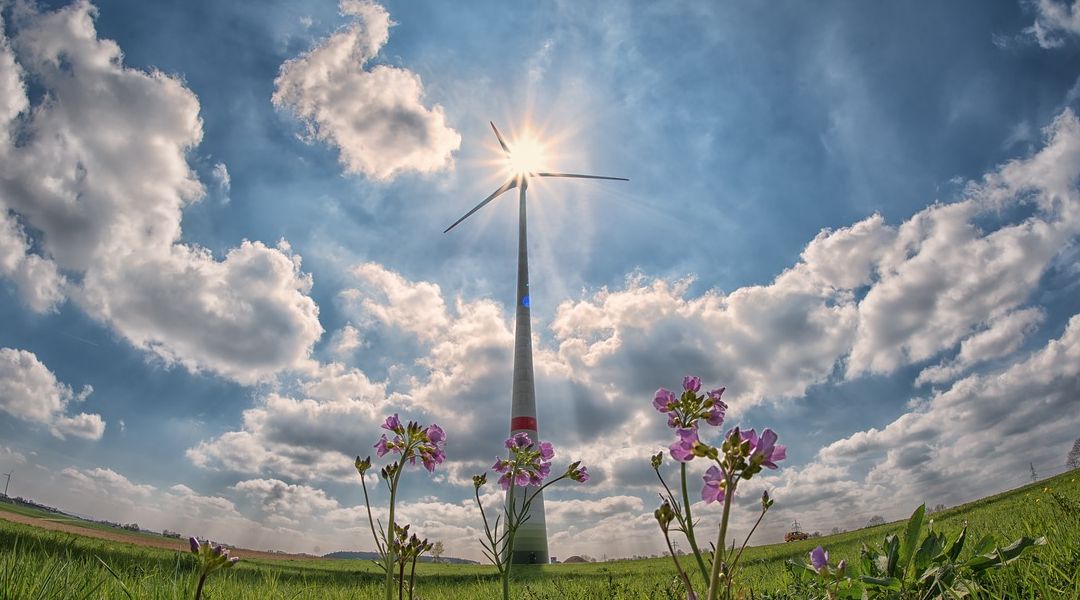As we continue to strive for 100% dependence on renewable energy sources, new and innovative strategies to manage the transition are becoming necessary. The Internet of Things has already allowed for the optimization of existing energy infrastructure by automating technologies and reducing inefficiencies in the generation, transmission, and utilization of energy.
Given the variability and intermittent availability of sunlight and wind in particular, doubt has been cast on the ability of a renewable energy source to simultaneously meet the criteria of being cheap, clean, and reliable—the “energy trilemma.”
In a recent article in Global Challenges, Dr. Mario Pagliaro and Dr. Francesco Meneguzzo of the National Research Council of Italy (CNR) show that the “Internet of Energy” approach can be adapted to achieve energy self-sufficiency based on clean energy, that is, autonomous off-grid operation.
In fact, off-grid solar energy systems that couple lithium-ion batteries and solar photovoltaic (PV) modules currently exist and deliver electricity to large parts of Africa, India, Bangladesh, Pakistan, Afghanistan, Myanmar, Latin America, Nepal, Vietnam, and other countries where the grid does not exist. This feat has been made possible by digital control technology.
In Pemberton, Australia, an avocado plantation relies exclusively on self-generated solar energy by using a sodium- and lithium-ion battery system coupled with an innovative battery optimization technology. This technology allows for the detection and correction of differences in the voltage of each individual cell and has significantly increased the service life of the battery. Furthermore, any excess energy that is generated when the battery is fully charged is used to provide hot water to the facility.
In another example, a municipal housing company in Sweden, Vårgårda Bostäder, has designed entirely self-powered homes using hydrogen fuel cells and solar PV modules (linked page in Swedish). During the summer months, excess electricity is converted to hydrogen via a water electrolyzer. Fuel cells then use this generated hydrogen along with oxygen from the air to provide electricity and heat in the wintertime, at night, and on cloudy days.
How can we realize similar successful renewable energy operations on a larger scale?
Pagliaro and Meneguzzo advise organizations aiming at energy self-sufficiency based on these technologies to employ energy managers with the ability to devise and execute a concrete energy transition strategy. In order for this to happen, however, managers and entrepreneurs must take it upon themselves to gain a deep understanding of today’s clean energy technologies.
“Otherwise,” caution the authors, “when hearing the word ‘hydrogen,’ they will continue to associate it with the Hindenburg blaze that in 1937 destroyed a giant fabric balloon coated with highly flammable paint, and not with today’s hydrogen energy technology in which solar H2 obtained from water electrolysis is safely stored at 700 bar in composite material reservoirs, resisting without explosion during the demanding crash tests to evaluate safety of today’s fuel cell electric cars.”
This article is part of a series of feature articles to coincide with Earth Day 2019, a global event marked annually on April 22. Be sure to keep an eye out for more articles on Advanced Science News throughout the week of April 22, which draw attention to cutting-edge research in environmental, energy, food and water sciences.

















